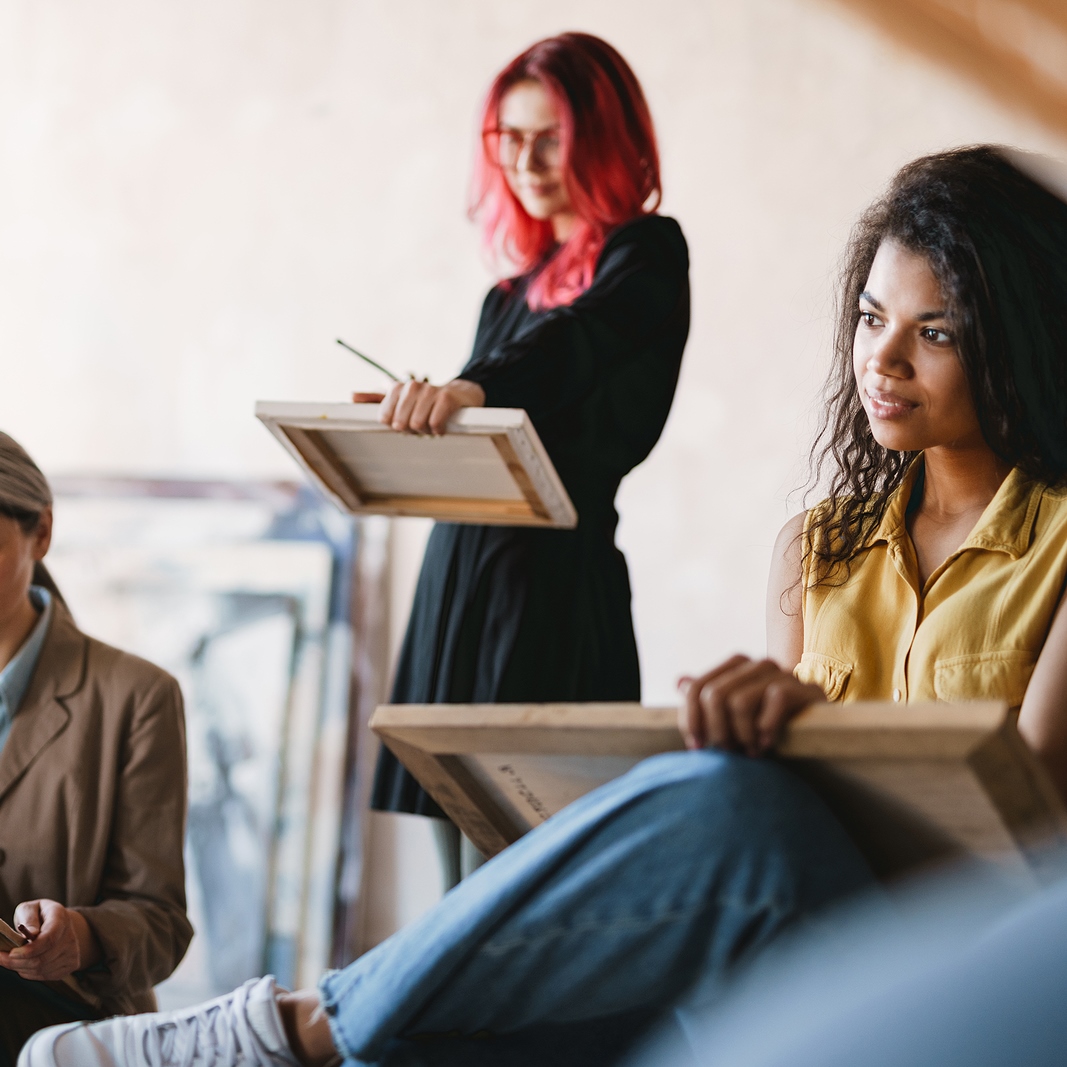Art has been an essential part of human civilization, shaping cultures, inspiring minds, and fostering creativity. Throughout history, visual arts have served as a powerful medium for self-expression and communication. Whether through painting, sculpture, or digital design, art allows individuals to convey emotions, ideas, and narratives that transcend language barriers.
For students in school and college, engaging in visual arts can provide numerous educational benefits. Studying art not only enhances creativity but also improves problem-solving skills, critical thinking, and even academic performance. However, balancing art studies with other coursework, assignments, and homework can be challenging. Many students find themselves overwhelmed by deadlines and even often wonder, "Can someone do my assignment for me?" when faced with academic pressure.
Understanding the importance of visual arts in education helps students integrate creativity into their learning journey. Whether pursuing art as a career or a hobby, the ability to analyze, interpret, and create visual pieces enhances cognitive skills and personal growth. This article delves into the significance of visual arts, the challenges students face, and how they can effectively balance creativity with academic responsibilities.
The Importance of Visual Arts in Education
Enhancing Creativity and Expression
Visual arts provide students with a unique way to express their thoughts and emotions. Unlike traditional subjects that require structured responses, art encourages open-ended creativity, allowing students to explore their inner world and present ideas in a personalized manner. Through drawing, painting, or digital media, students learn to articulate concepts that may be difficult to express through words alone.
Moreover, studying art fosters an appreciation for different perspectives and styles. By analyzing famous works, students develop an understanding of historical, cultural, and social influences that shape artistic expression. This broadens their worldview and enhances their ability to think critically about various subjects.
Cognitive and Academic Benefits
Many educators recognize the cognitive advantages of studying visual arts. Engaging in artistic activities improves fine motor skills, spatial awareness, and hand-eye coordination. Additionally, problem-solving in art—such as choosing colors, compositions, and techniques—strengthens analytical thinking.
Studies show that students involved in arts education perform better in subjects like mathematics and science. The ability to visualize and conceptualize abstract concepts, a skill honed through art, plays a crucial role in understanding complex ideas in other disciplines.
Challenges Faced by Art Students
Balancing Assignments and Creative Projects
One of the biggest struggles for students studying visual arts is finding a balance between their artistic projects and academic responsibilities. School and college coursework often demand extensive research, writing, and homework, leaving little time for artistic exploration. Deadlines for art assignments can also be demanding, requiring students to manage their time effectively.
Overcoming Creative Blocks
Creativity does not always flow effortlessly. Many art students experience creative blocks where ideas seem stagnant, making it difficult to complete projects. This can be particularly stressful when facing deadlines for school assignments and coursework.
Tips to Overcome Creative Blocks:
- Take breaks and engage in activities that inspire new ideas.
- Experiment with different art mediums to reignite creativity.
- Look at reference materials and study renowned artists for inspiration.
- Discuss ideas with peers or mentors to gain new perspectives.
Strategies for Managing Art Studies and Academic Work
Effective Time Management
Time management is crucial for students balancing multiple responsibilities. Here are some strategies to help:
- Create a Schedule: Allocate specific time slots for studying, assignments, and artistic projects.
- Prioritize Tasks: Focus on urgent assignments first while maintaining time for creative work.
- Break Down Projects: Divide large assignments into smaller tasks to make them more manageable.
- Use Productivity Tools: Apps like Trello, Notion, or Google Calendar can help track deadlines and organize tasks.
Finding the Right Study Environment
A conducive environment plays a significant role in productivity. Students should designate specific areas for studying and creating art to minimize distractions. Whether it's a quiet library space or a well-lit studio, the right setting enhances focus and efficiency.
The Role of Art References in Learning
Studying Masterpieces for Inspiration
Students can learn a great deal by analyzing famous artworks. Observing different techniques, color schemes, and compositions helps in understanding artistic principles. Art reference books, museums, and online resources provide invaluable insights into the evolution of art styles and methodologies.
Using Reference Images Ethically
While reference images are useful, it is important to use them ethically. Students should strive to develop their unique style rather than replicating existing works. Here are some best practices:
- Modify reference images to create original pieces.
- Combine multiple references for a unique composition.
- Credit sources if required, especially in academic settings.
Conclusion
Visual arts play a fundamental role in education, enhancing creativity, cognitive skills, and self-expression. While students face challenges such as balancing assignments, studying, and overcoming creative blocks, effective time management and inspiration from art references can help them navigate these difficulties.
By integrating visual arts into their academic journey, students not only improve their artistic abilities but also gain valuable life skills that extend beyond the classroom. Whether pursuing art as a career or a passion, embracing creativity enriches the learning experience and fosters personal growth.
